Otoplasty (Ear Shaping)
Otoplasty is a cosmetic procedure used to change the shape of the ear. Ears which are too prominent usually have several anatomic problems, including an excessive projection of the conchal wall (in the bowl of the outer ear), unfurling of the natural folds of the upper ear, as well as on occasion overprojection of the earlobe.
Surgery needs to address any or all of these defects. This can easily be carried out under local anesthetic, or , if the patient requests it, under intravenous sedation.
An incision is made on the back side of the ear, and then the skin is partly peeled back to access the problematic cartilage. A crescent shaped wedge is taken from the conchal wall, and then the cut cartilage edges are brought together with sutures. In order to create an elegant fold in the upper ear, a tunnel is created in front, and then the cartilage is lightly softened with an otobrader. A series of radiating sutures are then placed in an arcade to create a natural looking fold. If required, the ear lobe can be positioned closer to the head as well.
Careful post operative care, including wearing of a head band to protect the newly positioned cartilage, is essential. The ear must be protected from any trauma for 6 weeks to allow the cartilage to setup in their new position.
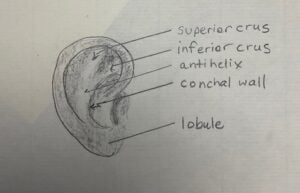
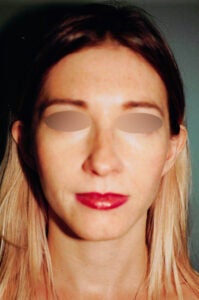 |
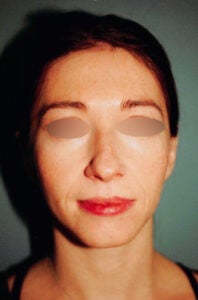 |
This young woman had creation of a new antihelix and conchal wall reduction.
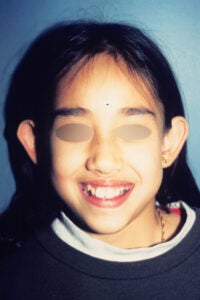 |
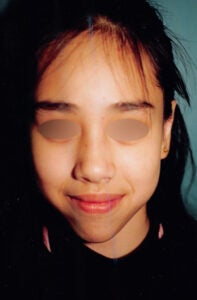 |
This delightful girl had a significant reduction of the conchal wall, creation of a new antihelix and crus, and lobular recession.
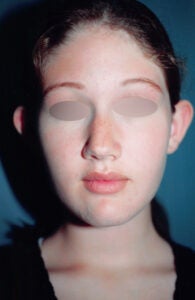 |
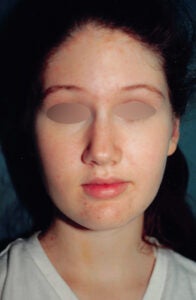 |
This young woman had creation of a new antihelix fold, and modest conchal wall recession.
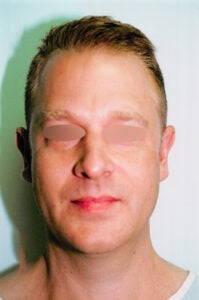 |
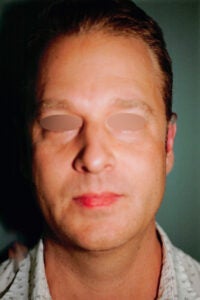 |
This gentleman had a telephone ear deformity which was balanced by recessing the upper 1/3 and lower 1/3 of the ear.
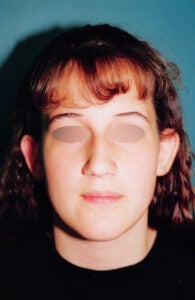 |
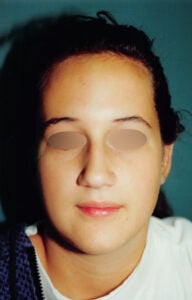 |
This young woman had revision of all three levels of her ear deformities.
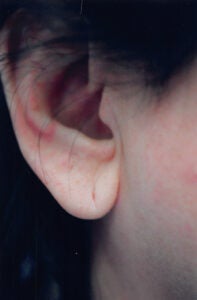 |
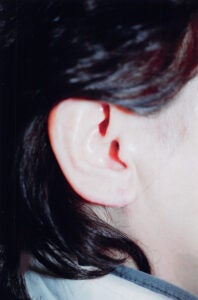 |
As we age, our earlobes enlarge and become more droopy. The volume and height of the lobe can be reduced under local anesthesia.
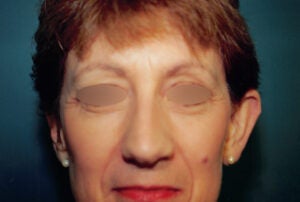 |
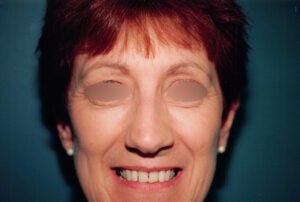 |
This pleasant middle-aged woman had a unilateral revision of her left ear to match the normal ear.
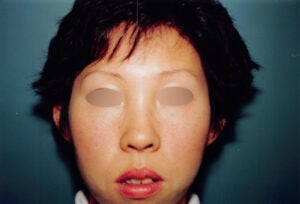 |
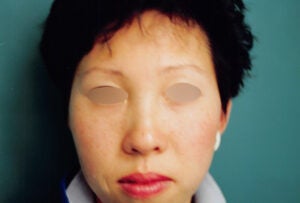 |
This young woman had a slightly asymmetric recession of the middle and upper ear. Her lobules were normal and left alone.
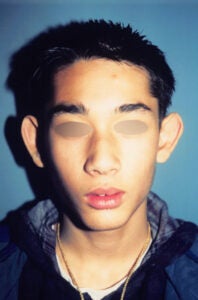 |
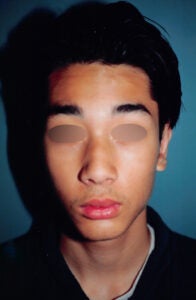 |
This young man had a large conchal wall as well as an almost complete unfolding of his antihelix and crura. He has had a significant reduction of the concha, recreation of the antihelix and its crus, and lobular recession.
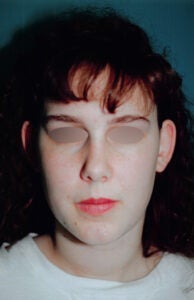 |
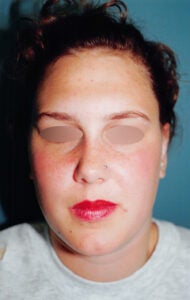 |
This young woman has had a modest refolding of her antihelix and its crus as well as a conchal wall recession.
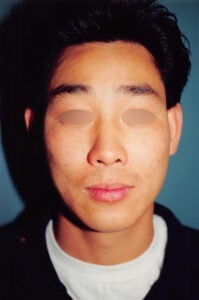 |
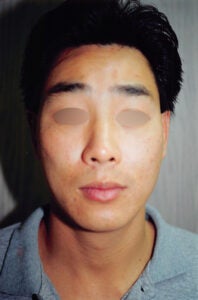 |
This young man has had a conchal wall recession and refolding procedure. The lobule required no surgery.
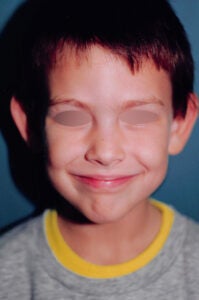 |
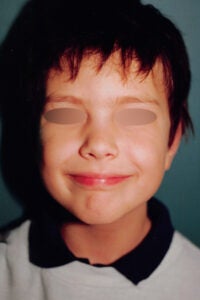 |
This boy had reduction of the conchal wall, refolding of the antihelix and its crus, as well as reduction and recession of the lobule.
